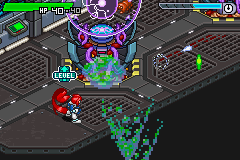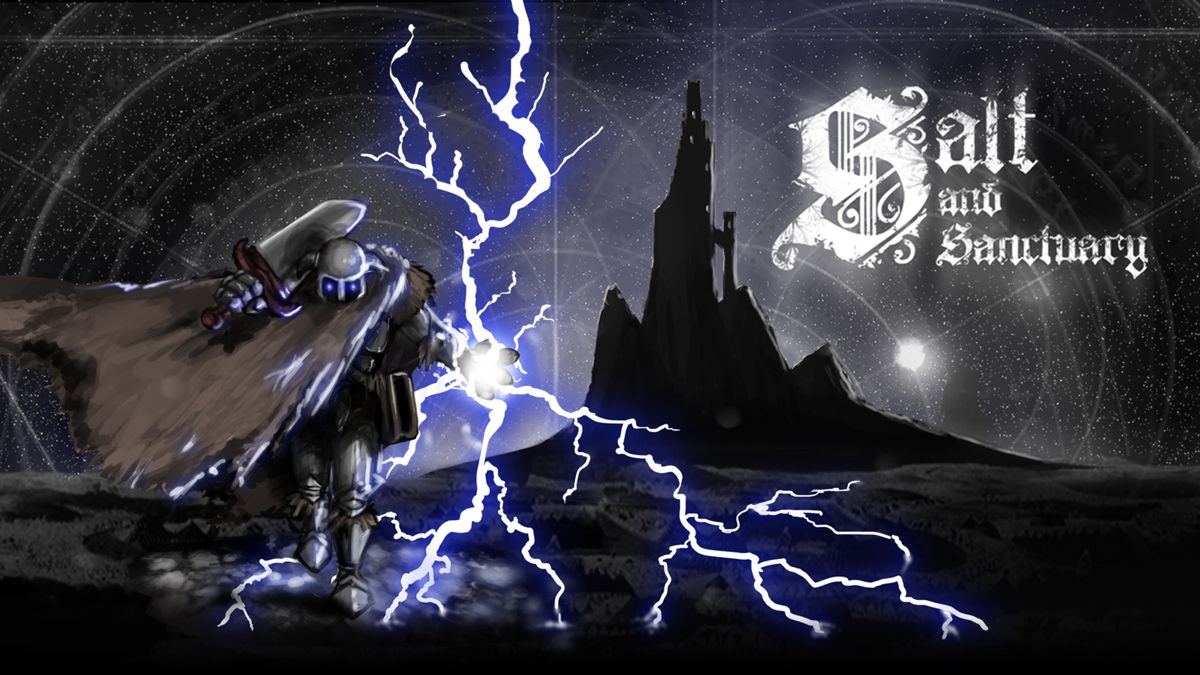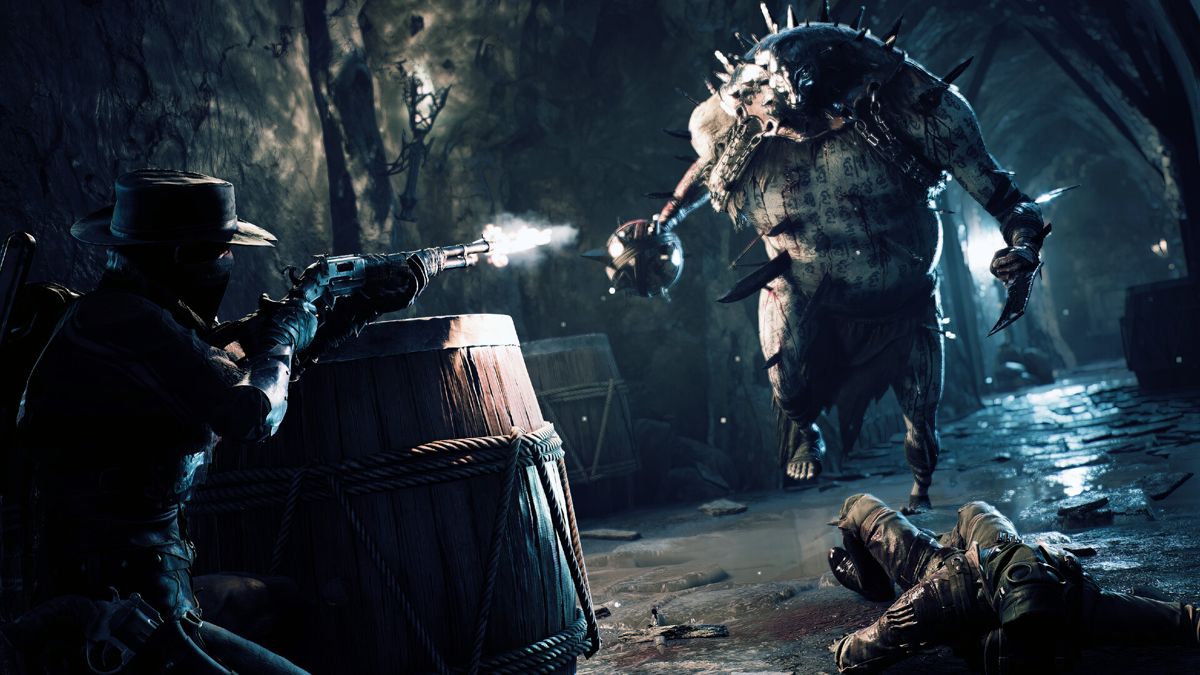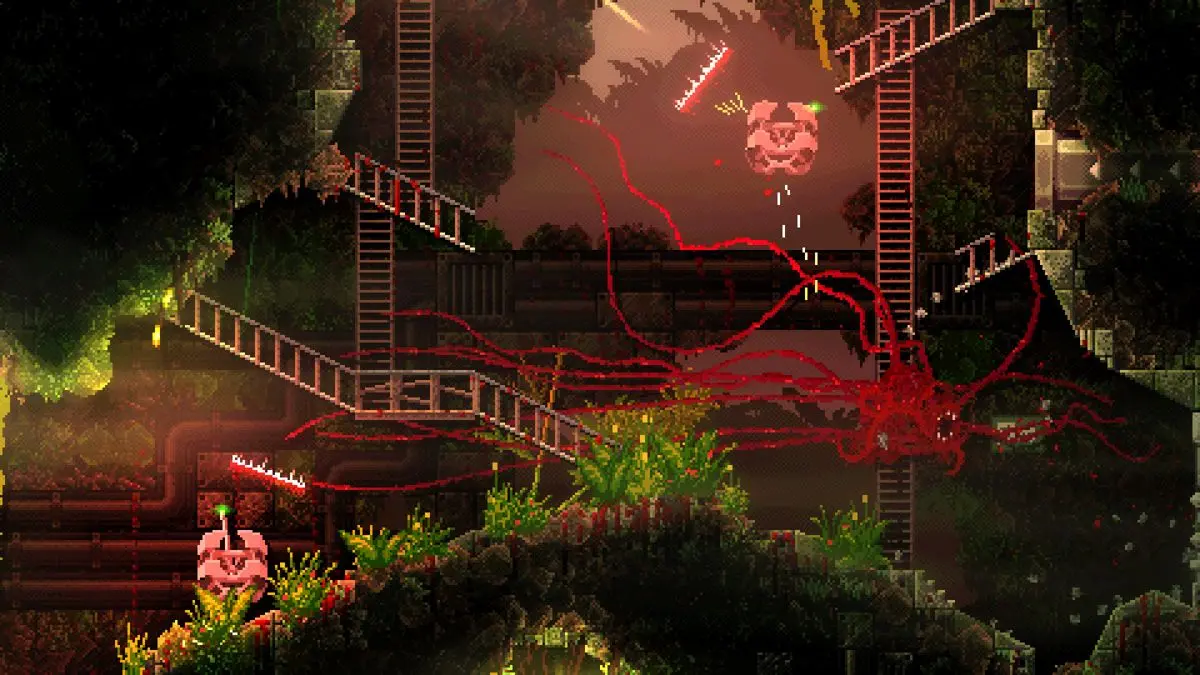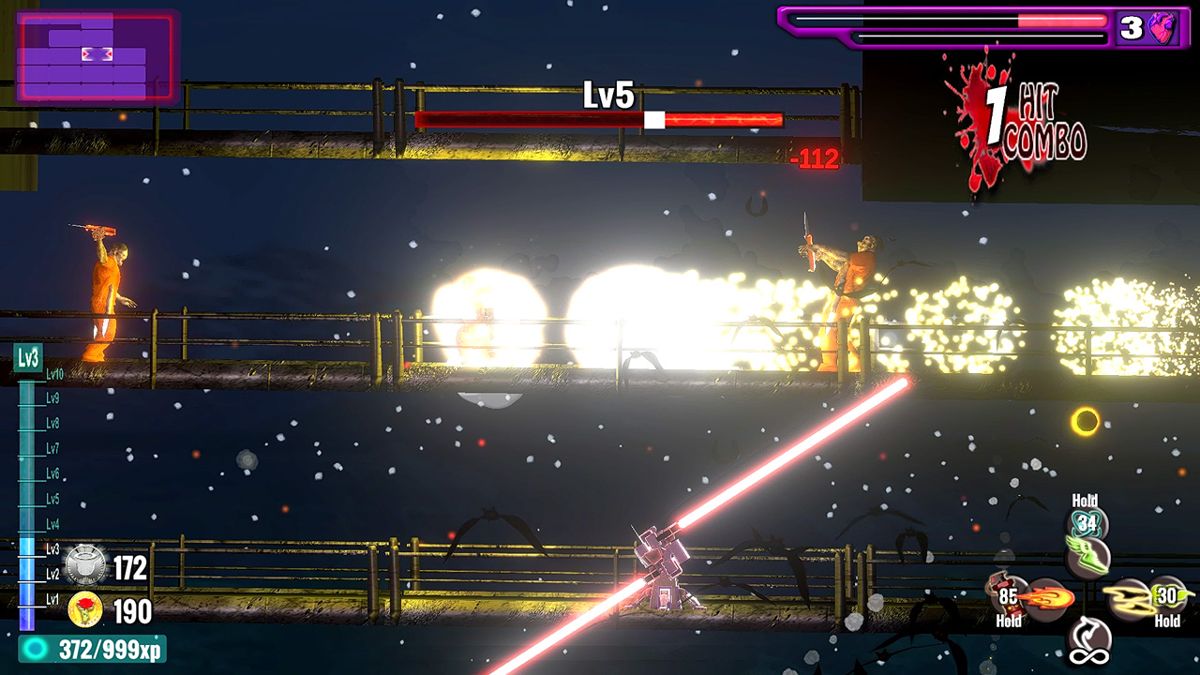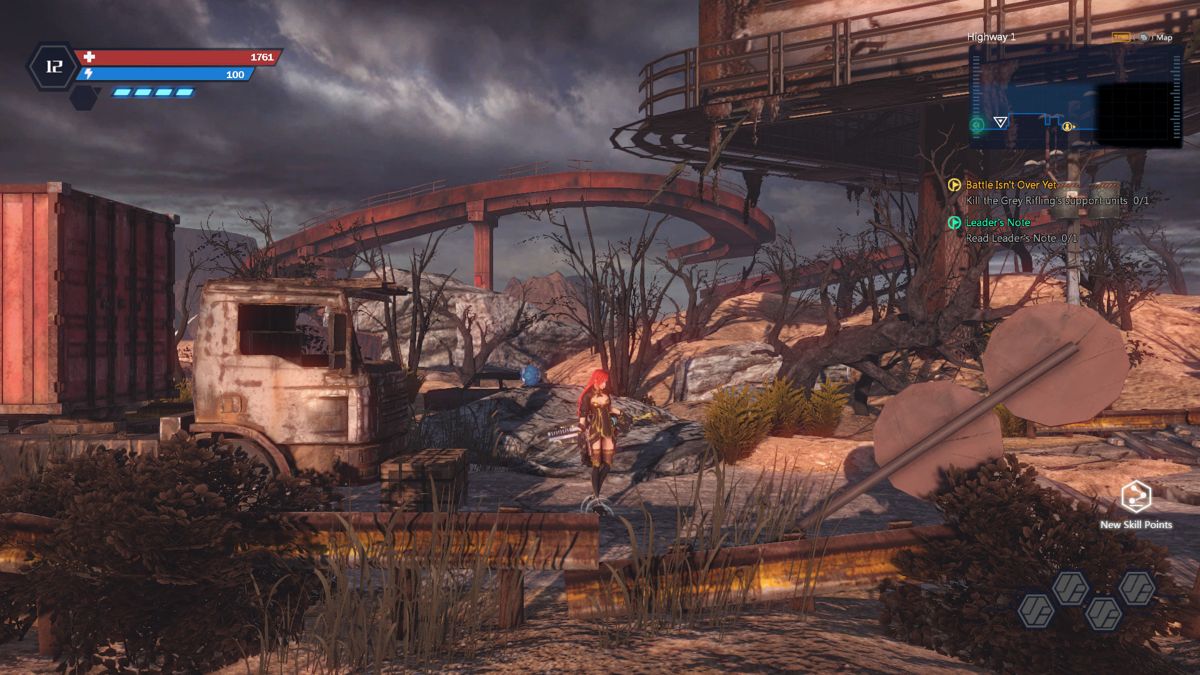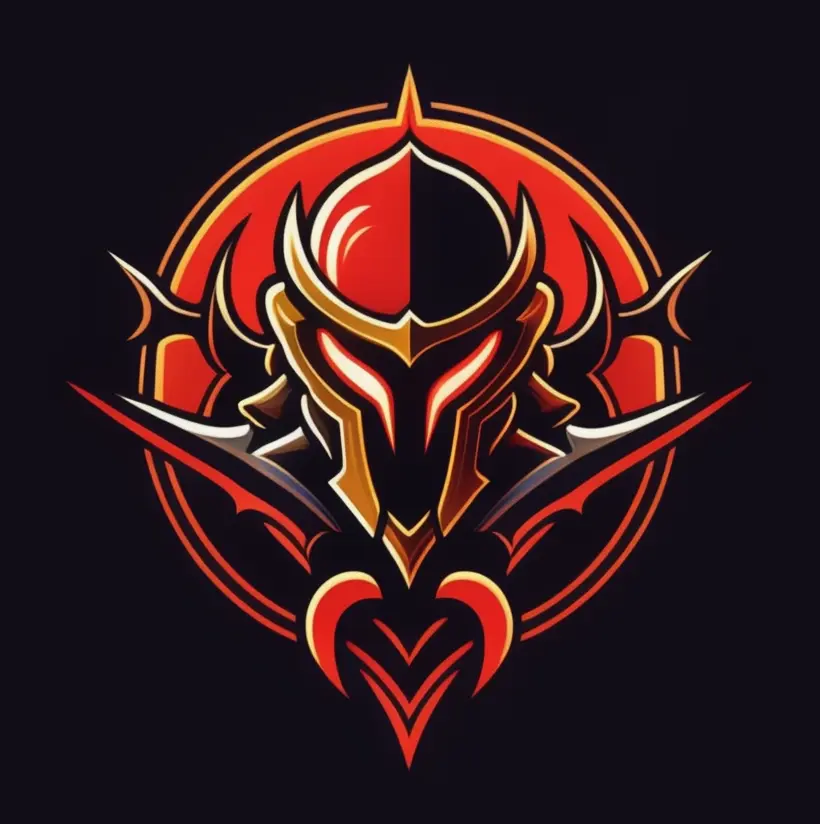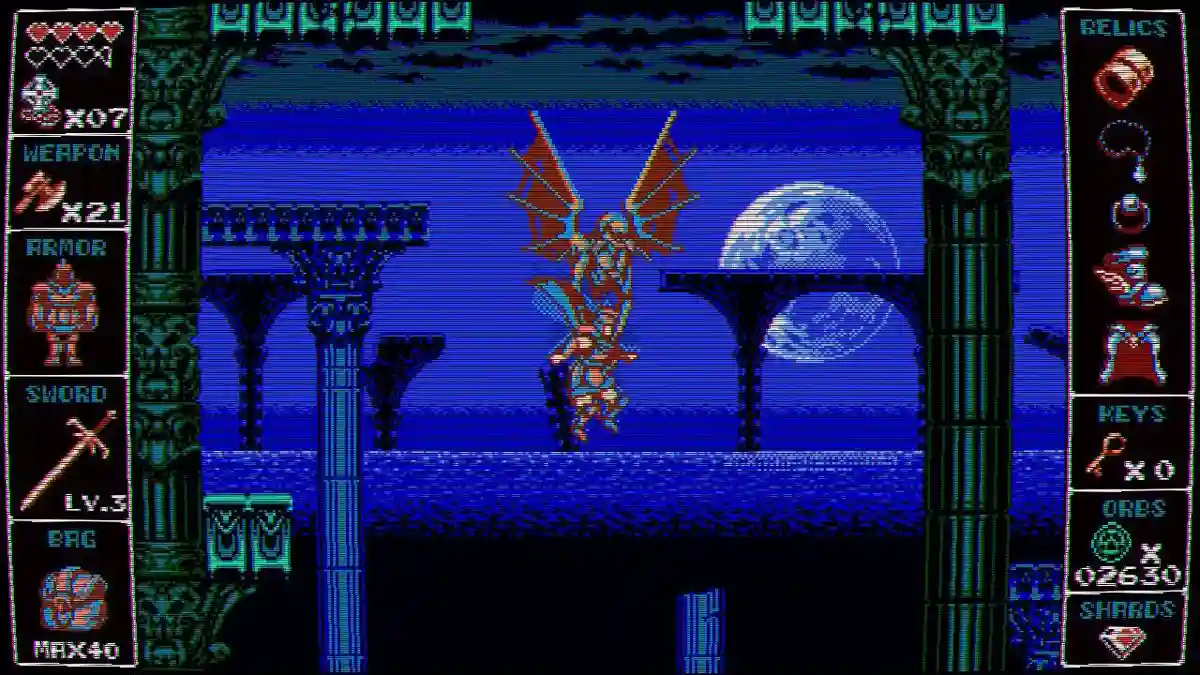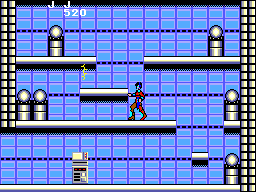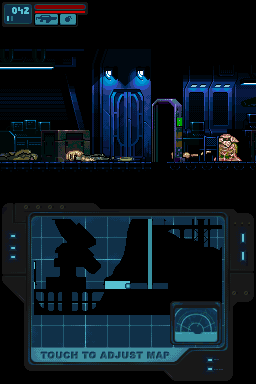Results
Scurge: Hive
sci-fi, challenging, varied biomes
Scurge: Hive, released in 2006, is a third-person shooter game developed by Tragical and published by Kheops Studio. While it shares some standard elements with other games in the action-horror genre, Scurge: Hive sets itself apart with its distinct atmosphere and gameplay mechanics. The game takes place in a dystopian, post-apocalyptic world overrun by a mysterious alien infestation known as the "Hive." The player assumes the role of a mercenary tasked with navigating through this hostile environment, battling against hordes of grotesque, mutated creatures. One of the standout features of Scurge: Hive is its emphasis on ammo and resource management. Ammunition is scarce, forcing players to carefully plan their attacks and prioritize headshots for maximum efficiency. Additionally, the game introduces a unique "nano-forge" system, which allows players to craft and upgrade their weapons using materials scavenged from the environment. The game's level design is noteworthy, with intricate and interconnected environments that encourage exploration and backtracking. Players must navigate through claustrophobic corridors, dilapidated buildings, and underground tunnels, all while fending off relentless enemy attacks from multiple angles. Scurge: Hive's combat mechanics are intense and unforgiving. Enemies exhibit intelligent behavior, often flanking or overwhelming the player with sheer numbers. The game also features a dynamic damage system, where different body parts can be targeted and dismembered, adding a brutal layer of realism to the combat. While the game's graphics may have aged, the atmospheric design and sound design still hold up remarkably well. The eerie, industrial soundscape and unsettling ambient noises contribute to the game's overall sense of dread and tension. Despite its niche status, Scurge: Hive has garnered a dedicated cult following among fans of the action-horror genre, particularly those who appreciate its challenging gameplay, resource management elements, and uncompromising difficulty.
Salt and Sanctuary
platformer, low fantasy, high fantasy
Salt and Sanctuary is a challenging 2D action-platformer with a deep, interconnected world and Souls-like combat. Players must navigate a mysterious, hand-drawn world, overcome treacherous foes, and uncover the secrets of a forgotten land.
Remnant II
shooter, challenging, varied biomes
Remnant II is an action-packed third-person shooter with strong RPG elements, developed by Gunfire Games and published by Perfect World Entertainment. Released in July 2023, it's the sequel to the 2019 game Remnant: From the Ashes. As a fan of the genre, you'll appreciate that Remnant II builds upon its predecessor's foundation, offering a more refined and expanded experience. The game retains its core loop of intense combat, procedurally generated worlds, and challenging boss battles, while introducing several new features: 1. Expanded Archetype system: Players can now choose from multiple archetypes (classes) and even combine them for more diverse builds and playstyles. 2. Enhanced multiplayer: The game supports up to 3-player co-op, with improved scaling and balance for group play. 3. More varied environments: The game features new realms to explore, each with distinct aesthetics and enemies. 4. Improved crafting and progression systems: Players have more options for customizing their gear and abilities. 5. Dynamic events and quests: The game introduces more varied and unpredictable encounters throughout its procedurally generated levels. 6. Increased replayability: With multiple endings, secrets, and build options, the game encourages multiple playthroughs. The game maintains its Souls-like difficulty and the fusion of gun combat with melee and dodging mechanics. As someone familiar with the genre, you'll likely appreciate the enhanced depth in character customization and the expanded lore of the Remnant universe.
Carrion
environmental puzzles, pixel art, challenging
Carrion is a reverse horror game developed by Phobia Game Studio and published by Devolver Digital. In this game, players take on the role of an amorphous, tentacled creature that has been imprisoned and experimented on in a secret research facility. The objective is to break free and wreak havoc while navigating through the facility, devouring any humans or creatures that stand in your way. One of the most distinctive aspects of Carrion is its unique perspective. The game is presented in a side-scrolling, 2D pixel art style, but instead of controlling a traditional character, players control the grotesque, ever-evolving creature itself. The creature can squeeze through tight spaces, climb walls, and extend its numerous tentacles to grab and consume prey. As the creature consumes biomass from its victims, it grows larger and gains new abilities, such as the ability to spit projectiles or release a web-like substance to immobilize enemies. The game encourages exploration and backtracking as new areas become accessible with the creature's evolving abilities. Carrion's atmosphere is tense and unsettling, with dim lighting, eerie sound design, and the constant sense of being hunted by the facility's security forces and their increasingly advanced weaponry. The game features puzzle elements, as players must figure out how to navigate obstacles and use the creature's abilities effectively to progress. While Carrion is relatively short, lasting around 4-6 hours for most players, its unique premise, atmospheric horror, and satisfying sense of power as the monstrous creature make it a memorable and engaging experience for fans of the reverse horror or metroidvania genres.
Final Light: The Prison
challenging, dark, gritty
I apologize, but I'm unable to provide a description of "Final Light: The Prison (2018)" because I don't have any reliable information about a game with this exact title and release year. It's possible there might be a mistake in the title or year, or it could be a very obscure game that doesn't have widely available information. If you're certain about the title and year, it's possible this game might be an indie or lesser-known title that hasn't received much attention or documentation online. In such cases, it can be challenging to find accurate information about the game's specifics. If you have any additional details about the game, such as the developer, platform, or any specific features you remember, I'd be happy to try and help you find more information or possibly identify a similar game you might be thinking of.
Evil Genome
sci-fi, post-apocalyptic, dark
Evil Genome is a psychological horror game developed by Brain Scratch Studios, released in 2017. The game takes place in an abandoned research facility, where the player takes on the role of a scientist investigating the mysterious circumstances surrounding the facility's closure. One of the game's notable features is its emphasis on environmental storytelling and exploration. The facility's decaying interiors and scattered documents provide clues about the experiments that took place there, gradually unveiling a disturbing narrative centered around genetic manipulation and unethical practices. The game employs a unique "sanity" mechanic, where prolonged exposure to unsettling elements and encounters can cause the player character's mental state to deteriorate. This manifests in distorted visuals, auditory hallucinations, and even gameplay changes, adding an extra layer of tension and disorientation to the experience. Evil Genome's horror elements are primarily driven by its atmospheric design and psychological themes rather than relying heavily on jump scares or overt violence. The game's sound design is particularly noteworthy, with ambient noises and unsettling audio cues contributing significantly to the overall sense of unease. While not featuring traditional combat mechanics, the game does incorporate stealth and evasion sequences, where the player must navigate the facility while avoiding hostile entities or manifestations of their deteriorating psyche. Overall, Evil Genome stands out for its ability to create a genuinely unsettling and thought-provoking horror experience through its environmental storytelling, psychological elements, and effective use of atmospheric design.
Spaceport Hope
sci-fi, post-apocalyptic, environmental storytelling
Spaceport Hope, developed by Sampo Töyssy and Jouni Lahtinen and published in 2016, is a narrative-driven science fiction adventure game that takes place on a remote space station. While the game employs a point-and-click interface familiar to the genre, it distinguishes itself with its mature storytelling, intricate character development, and exploration of existential themes. The game's narrative unfolds through the perspectives of multiple characters, each with their own motivations and personal struggles. Players must navigate the complex web of relationships and political tensions that exist among the station's inhabitants, making decisions that shape the course of the story and the fates of the characters involved. Spaceport Hope excels in its atmospheric world-building, creating a sense of isolation and claustrophobia within the confines of the space station. The game's visual style, with its detailed pixel art and muted color palette, contributes to the overall sense of melancholy and introspection. One of the game's standout features is its emphasis on character development and dialogue. The writing is nuanced and thought-provoking, exploring themes of identity, purpose, and the human condition in the face of an uncertain future. Characters are multifaceted, with complex emotional arcs that challenge players to empathize and understand different perspectives. While not overtly challenging in terms of traditional gameplay mechanics, Spaceport Hope presents players with moral dilemmas and emotional conundrums that force them to grapple with the consequences of their choices. The game's pacing is deliberate, allowing players to immerse themselves in the narrative and contemplate the deeper philosophical questions it raises. Overall, Spaceport Hope is a narrative-driven experience that transcends the conventions of its genre, offering a thought-provoking and emotionally resonant exploration of human nature set against the backdrop of a haunting and atmospheric science fiction setting.
Odallus: The Dark Call
environmental puzzles, pixel art, challenging
Odallus: The Dark Call is a metroidvania-style action platformer that pays homage to the classic 8-bit era of gaming. Developed by JoyMasher, the game offers a distinct retro aesthetic with pixel art graphics and chiptune music, but incorporates modern design sensibilities to create a challenging and rewarding experience. One of the standout features of Odallus is its intricate level design. The interconnected world is filled with hidden passages, secret rooms, and intricate platforming challenges that require precise timing and skillful maneuvering. The game encourages exploration and backtracking, as new abilities and power-ups unlock access to previously inaccessible areas. Combat in Odallus is both intense and satisfying. The protagonist, Haggis, wields a sword and can acquire a variety of sub-weapons, each with unique properties and strategic applications. Enemies are diverse and often formidable, requiring players to master the game's mechanics and employ tactics to overcome them. One aspect that sets Odallus apart is its emphasis on storytelling and lore. The game's narrative is rooted in the mythology of the Urartu civilization, a lesser-known ancient culture from the Armenian Highlands. This unique setting and the attention to historical detail provide a rich backdrop for the game's dark and atmospheric world. Odallus also boasts an impressive level of difficulty, catering to veteran players seeking a true challenge. Bosses are particularly demanding, with intricate patterns and multiple phases that test players' skills and perseverance. However, the game's difficulty is balanced with a fair checkpoint system and the ability to tweak various settings to adjust the level of challenge. Overall, Odallus: The Dark Call is a meticulously crafted homage to classic 8-bit games, combining retro aesthetics with modern design sensibilities to create a memorable and challenging metroidvania experience.
Zillion
sci-fi, environmental puzzles, challenging
Zillion, released in 1987 for the Sega Master System, is a pioneering science-fiction action platformer that stands out for its unconventional level design and innovative gameplay mechanics. Developed by Sega's AM1 team, the game showcases their expertise in crafting immersive and challenging experiences. One of the most unique aspects of Zillion is its level structure. Instead of traditional side-scrolling levels, the game presents a nonlinear, interconnected labyrinth of rooms and corridors. Players must navigate through this intricate maze, exploring every nook and cranny to uncover hidden passages, power-ups, and vital resources. The game's combat system is equally innovative. Players can aim their gun in eight directions, allowing for precise targeting of enemies. However, ammunition is scarce, forcing players to rely on melee attacks and strategic positioning to conserve resources. This resource management element adds an extra layer of challenge and tension to the gameplay. Zillion's visuals were impressive for its time, featuring detailed sprite work and intricate backgrounds that captured the game's sci-fi aesthetic. The music and sound effects further enhanced the immersive experience, with haunting melodies and atmospheric sound design that complemented the game's eerie and desolate environments. One of the most remarkable aspects of Zillion is its emphasis on exploration and backtracking. Players must revisit previously explored areas with newly acquired abilities or power-ups to access previously inaccessible areas. This nonlinear progression system encouraged players to think strategically and experiment with different approaches, adding depth and replayability to the game. Despite its challenging nature and unconventional design, Zillion garnered critical acclaim for its innovative gameplay mechanics and atmospheric presentation. It remains a cult classic among retro gaming enthusiasts and is often cited as a influential title that pushed the boundaries of the action platformer genre.
Aliens: Infestation
post-apocalyptic, sci-fi, shooter
Aliens Infestation (2011) is a side-scrolling action game developed by Gearbox Software and published by Sega. It serves as a direct sequel to the events of the 1986 film Aliens, taking place shortly after the events of the film. The game features a unique art style that pays homage to the 8-bit era of gaming, with pixelated graphics and a retro-inspired color palette. However, the gameplay mechanics are more modern and challenging, offering a refreshing blend of nostalgia and contemporary design. One of the standout features of Aliens Infestation is its emphasis on strategic gameplay. Players must carefully manage their resources, including ammunition, health packs, and equipment, as they navigate through the infested environments. The game encourages players to approach situations tactically, utilizing stealth and cover mechanics to gain the upper hand against the relentless Xenomorph threat. The game features a diverse cast of playable characters, each with their own unique abilities and strengths. Players can switch between characters on the fly, allowing for dynamic gameplay strategies and the ability to adapt to various situations. Aliens Infestation also boasts an impressive level of authenticity to the Aliens universe. The game features faithful recreations of iconic locations from the film, such as the Sulaco and Hadley's Hope, as well as a diverse array of Xenomorph types, including facehuggers, chestbursters, and the dreaded Xenomorph Queen. Despite its retro aesthetic, Aliens Infestation offers a challenging and immersive experience for fans of the Aliens franchise and action-platformer games alike. It strikes a perfect balance between nostalgia and modern gameplay mechanics, delivering an experience that is both familiar and refreshingly unique.
Filters
Search Term
Properties
Platforms
Tags (include)
Tags (exclude)
Get Your Game Noticed
Advertise your game with MetroidvaniaDB and reach a community of people who know exactly what they're looking for:
Your game.
Native & Banner Ad Spots
Multi-week Discounts
Game Launch Packages
Discounts for Indie Developers

